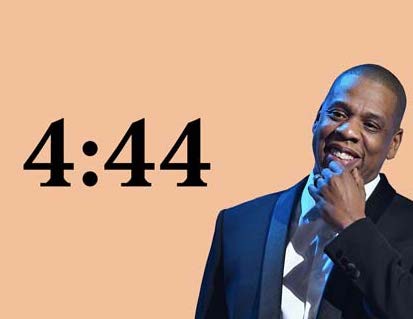There are several topics presented such as infidelity, fatherhood, trauma and being a person of colour. I’d like to focus on one seminal element – the sexuality of Jay Z’s mother – Gloria Carter.
Jay Z declares “Momma had four kids but she’s a lesbian / Had to pretend so long, she’s a thespian.” I’d like to consider the several components of Gloria Carter’s identity. She is black, a female, a lesbian (that previously had married), a mother and an ex-clerk. Her sexuality is not a standalone component. She is not simply a lesbian – she is a lesbian that has a multitude of other identities attached to her. It must be perceived alongside, in contrast and in retrospect of her other identities.
Black culture is constantly portrayed as fiercely heterosexual (I agree that there are exceptions like Frank Ocean and Queen Latifah). As a genre, rap music promotes and reinforces heterosexuality. It is a quota to abide by. Moreover, female identity is painted through misogynistic language. The female body is objectified. Agency, autonomy and authority are absent. Women do not have voices – they are the total sum of their bodies. Just look at Sir Mix-a-Lot’s “Baby Got Back”, “Fine China” by Chris Brown and “Bitches Ain’t Shit” by Dr Dre and Snoop Dogg to see a clear display of misogyny. Jay Z too, is guilty of promoting this common trope. For example, in Beyonce’s “Drunk in Love” – Jay Z croons “Eat the cake Anna Mae”. This is a reference to the film “What’s Love Got To Do With It” – here, Ike Turner tries to force feed Tina Turner a piece of cake. He then hits her friend upon hearing her objection. This is a clear example of abuse and violence neatly packaged by the strings of misogyny.
I am not claiming that Jay Z is a reformed feminist. Nor am I claiming that his past misogyny should be forgotten. Nonetheless, to see a heteronormative man out and celebrate the intersectional identity of his mother is not merely refreshing. It is a clear sign of progress. Moreover, it is an indication that previously unconnected areas such as identity, gender and sexuality are finally understood to be interlinked.


![5 Reasons You Should Travel Alone Airplane [image source: chau nguyen/ http://thedevilhatessweatpants.blogspot.com.au ], crowd ink, crowdink, crowdink.com, crowdink.com.au](https://crowdink.com/wp-content/uploads/2016/08/Chau-airplane-218x150.jpg)





























